Meet the 20th-century trailblazers who continue to leave an imprint on our surroundings today.
Ever wondered who's behind the iconic buildings, innovative furniture, and striking interiors that define the world as we know it today? These visionaries transformed the way we live, work, and interact with our spaces from the 20th century onwards.
Spanning raw concrete structures to futuristic cityscapes, their influence is felt worldwide, from mid-century buildings to designs that still find their ways into our homes today. Discover how these six pioneers left a legacy that continues to inspire designers and shape the modern world around us.
Le Corbusier & Pierre Jeanneret
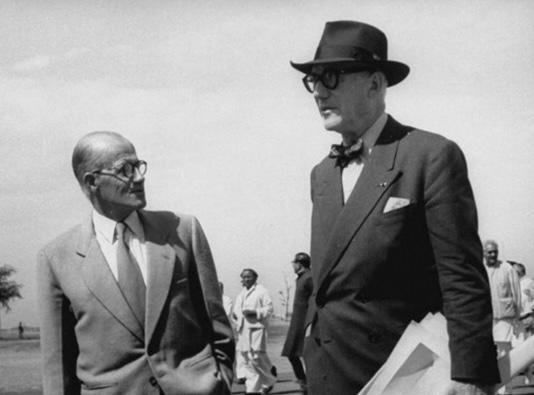
Born in 1887 as Charles-Édouard Jeanneret, Le Corbusier's functionalist ethos—exemplified by the Villa Savoye’s elevated design and open flow—redefined urban living as a "machine for modern existence." His impact persists in today’s sustainable cities, where his principles of modularity and efficiency help combat overcrowding and environmental threats. Widely regarded as the father of Modernism, his "Five Points of Architecture" promoted open layouts, raised structures on pilotis (columns), flat roofs, free facades, and large windows to flood spaces with light. Known for his brutalist style with unpolished concrete and stark shapes, he prioritised purpose over aesthetics.

Take the Unité d’Habitation in Marseille, France, a "vertical village" with shared spaces that embodied social progress through design. His ideas live on in eco-minded projects like Milan’s Bosco Verticale, where green towers integrate living spaces with nature.

In Hong Kong, his influence is evident in mid-20th-century urban planning, seen in the raw, functional aesthetic of places like the Hong Kong Jockey Club Sha Tin Clubhouse and the Chinese University of Hong Kong (CUHK) campus buildings. Le Corbusier’s bold urban ideas and brutalist edge continue to inspire solutions for crowded cities and sustainable living, showing architects how to tackle big problems with gritty, practical design.
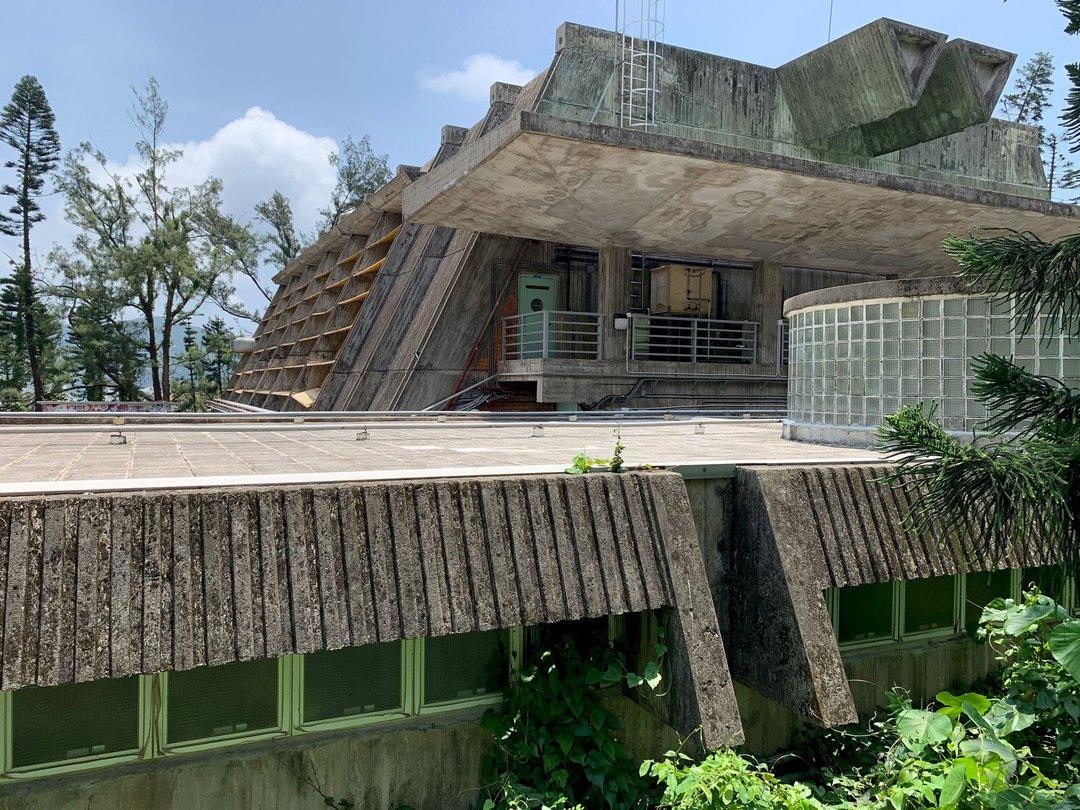
Often collaborating with his cousin Le Corbusier, Swiss architect and designer Pierre Jeanneret mastered functionalist design, focusing on practicality and accessibility in both architecture and furniture. Jeanneret’s furniture, like the Chandigarh Chair crafted from local teak and cane, combines simplicity with durability and has seen a resurgence among mid-century modern enthusiasts, with revivals by Cassina keeping its legacy alive.

Charlotte Perriand
French designer Charlotte Perriand, a key collaborator of Le Corbusier and Jeanneret, brought a humanistic lens to modernism, emphasizing ergonomics and livability in her architectural and furniture designs.

Her LC4 chaise longue, created in 1928, was a manifesto of comfort and adaptability, and its modern iterations, including those still sold by Cassina, appear in high-end hotels and homes, blending seamlessly with contemporary interiors. She also pioneered modular storage systems, like her Nuage bookshelves, which are still available through Cassina and adapt to small spaces—a concept that's especially vital in urban settings.
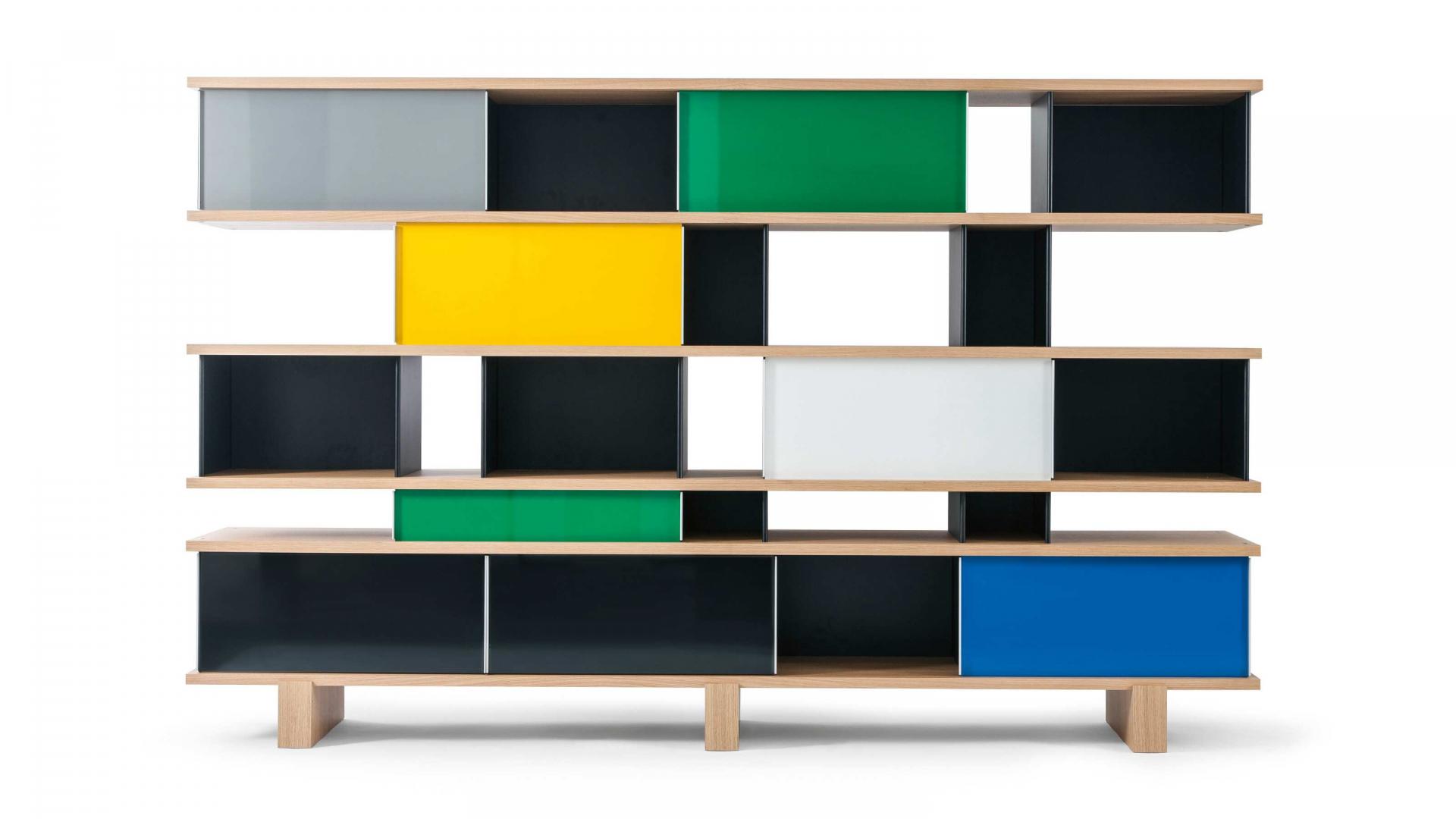
Frank Lloyd Wright

American architect Frank Lloyd Wright believed buildings should vibe with their surroundings, not fight them. His organic architecture philosophy shines in Fallingwater, Pennsylvania (1939), a house perched over a waterfall with cantilevered decks that melt into the landscape.
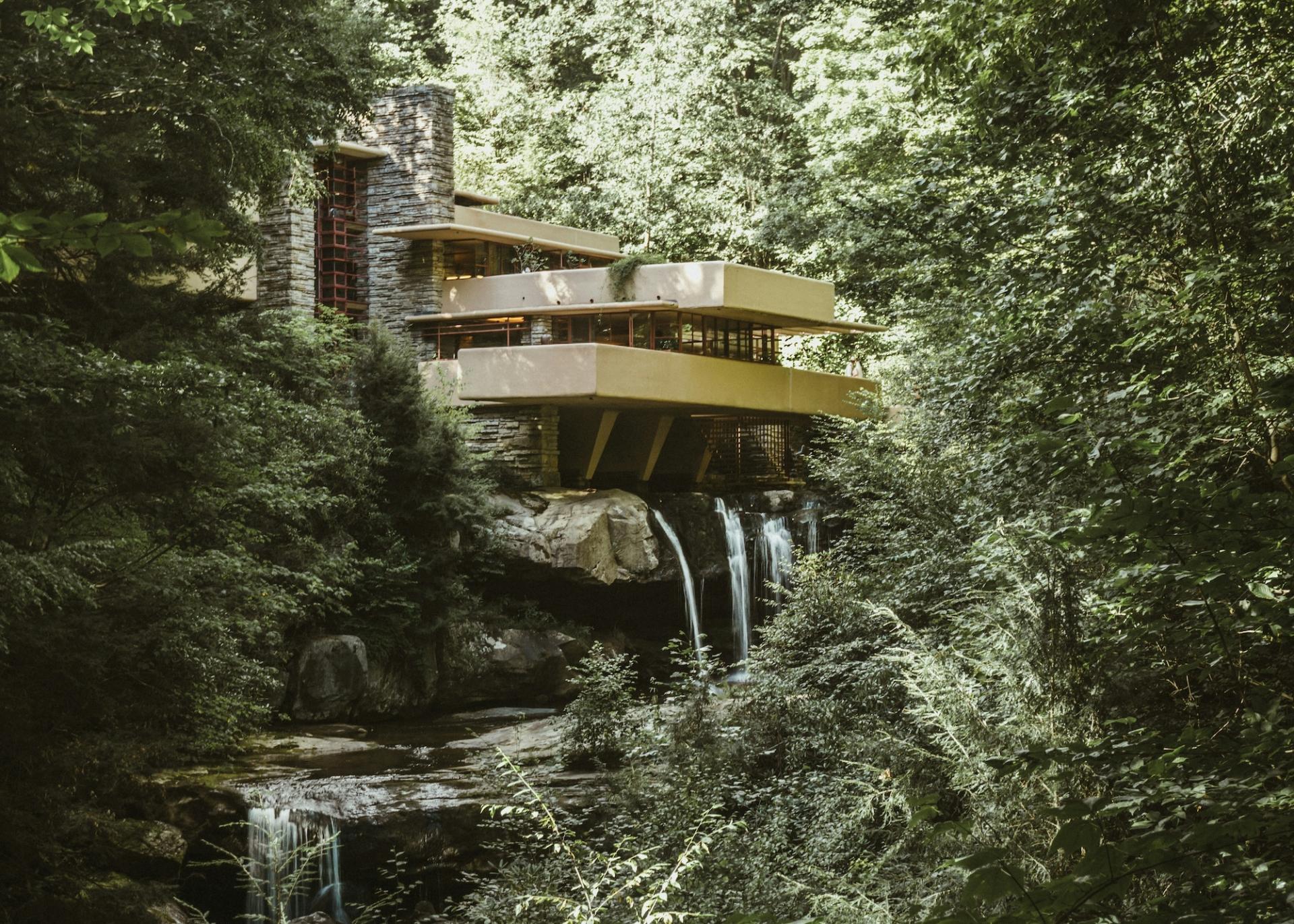
Wright's legacy thrives in our eco-conscious era, emphasising structures that support both people and the planet, for exmaple Guggenheim Museum in New York and the Lloyd's Building in London, to name but a few.
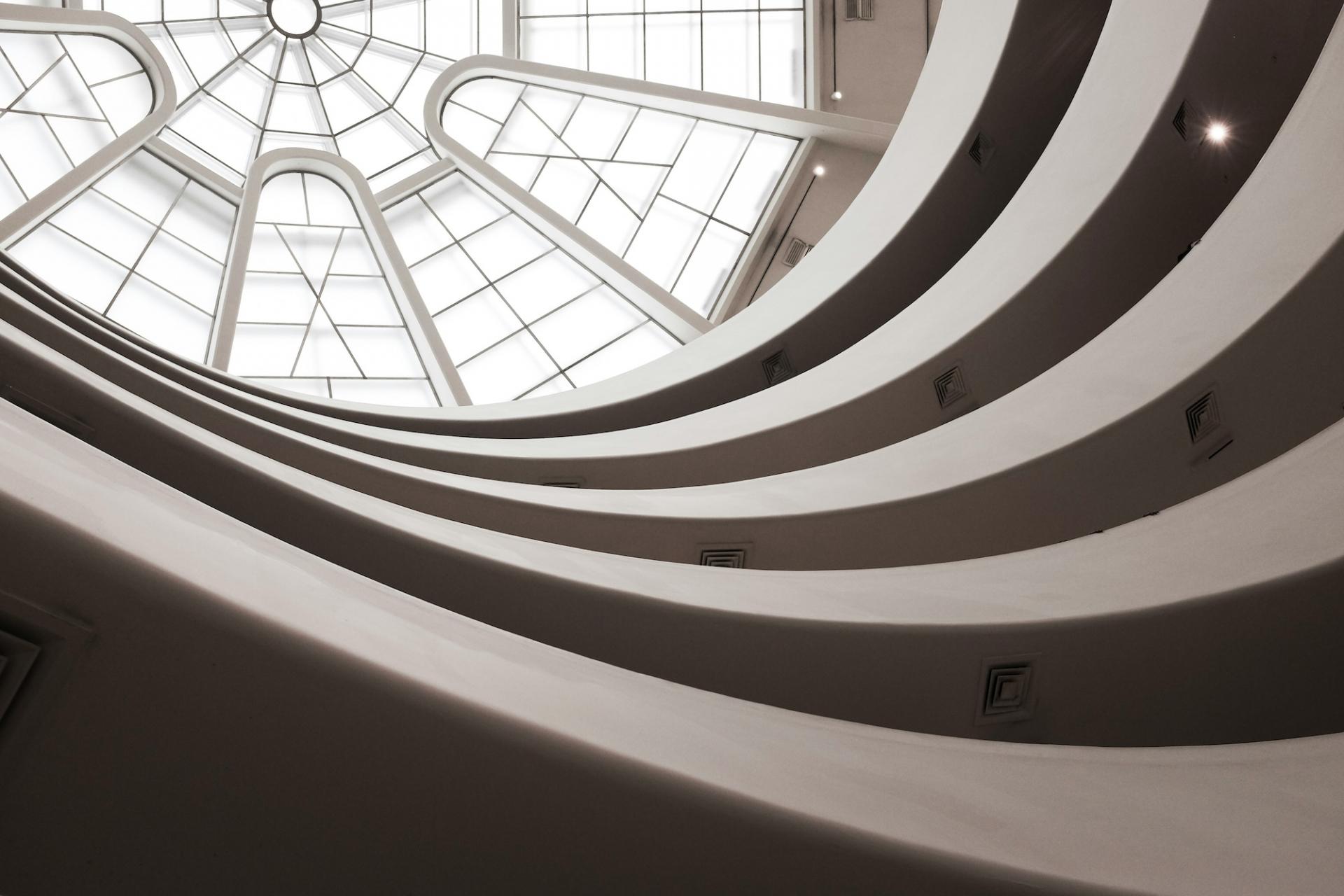
Arata Isozaki
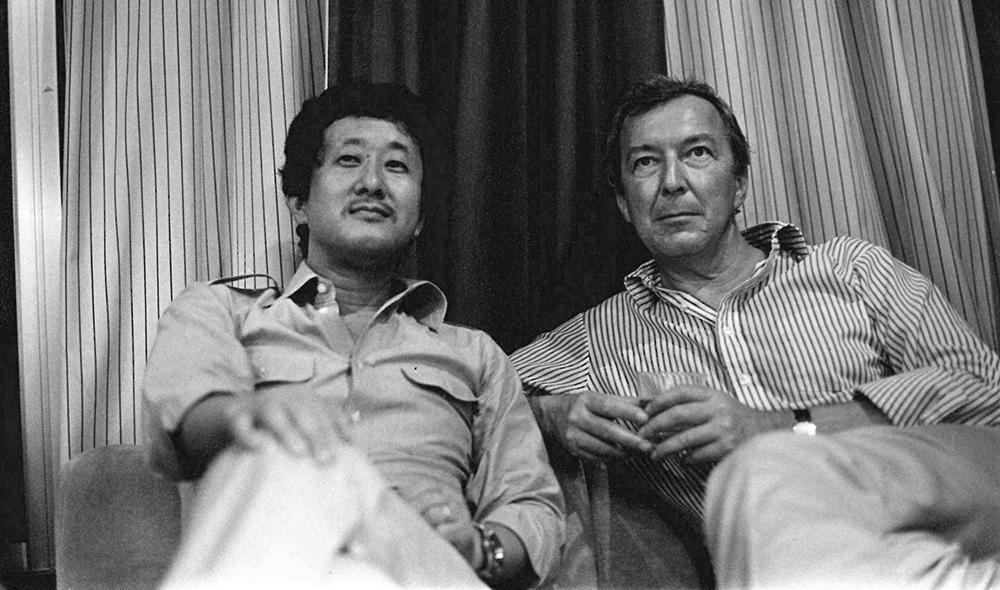
Emerging from post-war Japan in 1931, Pritzker Prize laureate Arata Isozaki fused Metabolist adaptability with futuristic flair, as seen in the Palau Sant Jordi's dynamic roof, positioning architecture as a living organism.
His Museum of Contemporary Art in Los Angeles (1986) showcases this blend with its red sandstone cladding and geometric forms, drawing from Japanese minimalism and Western monumentalism. Isozaki’s impact is evident in projects like the Qatar National Convention Centre in Doha (2011), where tree-like steel columns evoke local sidra trees while maintaining a futuristic aesthetic, and the Huamu Sub-civic Center (2014) in Shanghai, China.
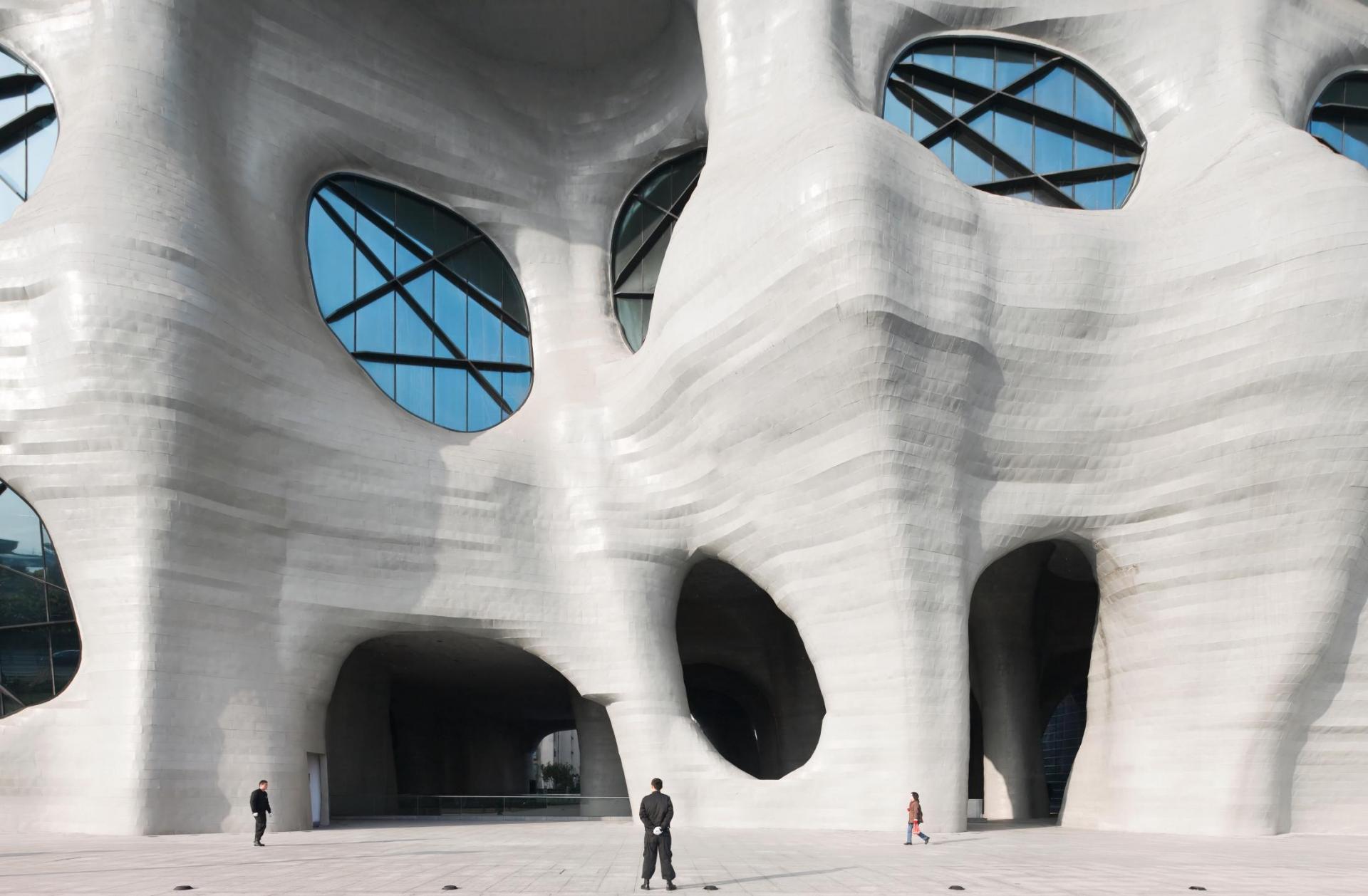
His inflatable mobile concert hall, Ark Nova (2013), in collaboration with artist Anish Kapoor, still feels ahead of its time, and the Shanghai Symphony Hall (2014), created with Yasuhisa Toyota, is a masterpiece that serves a wide audience today.

Ark Nova (Photo credit:Iwan Baan)
Ludwig Mies van der Rohe
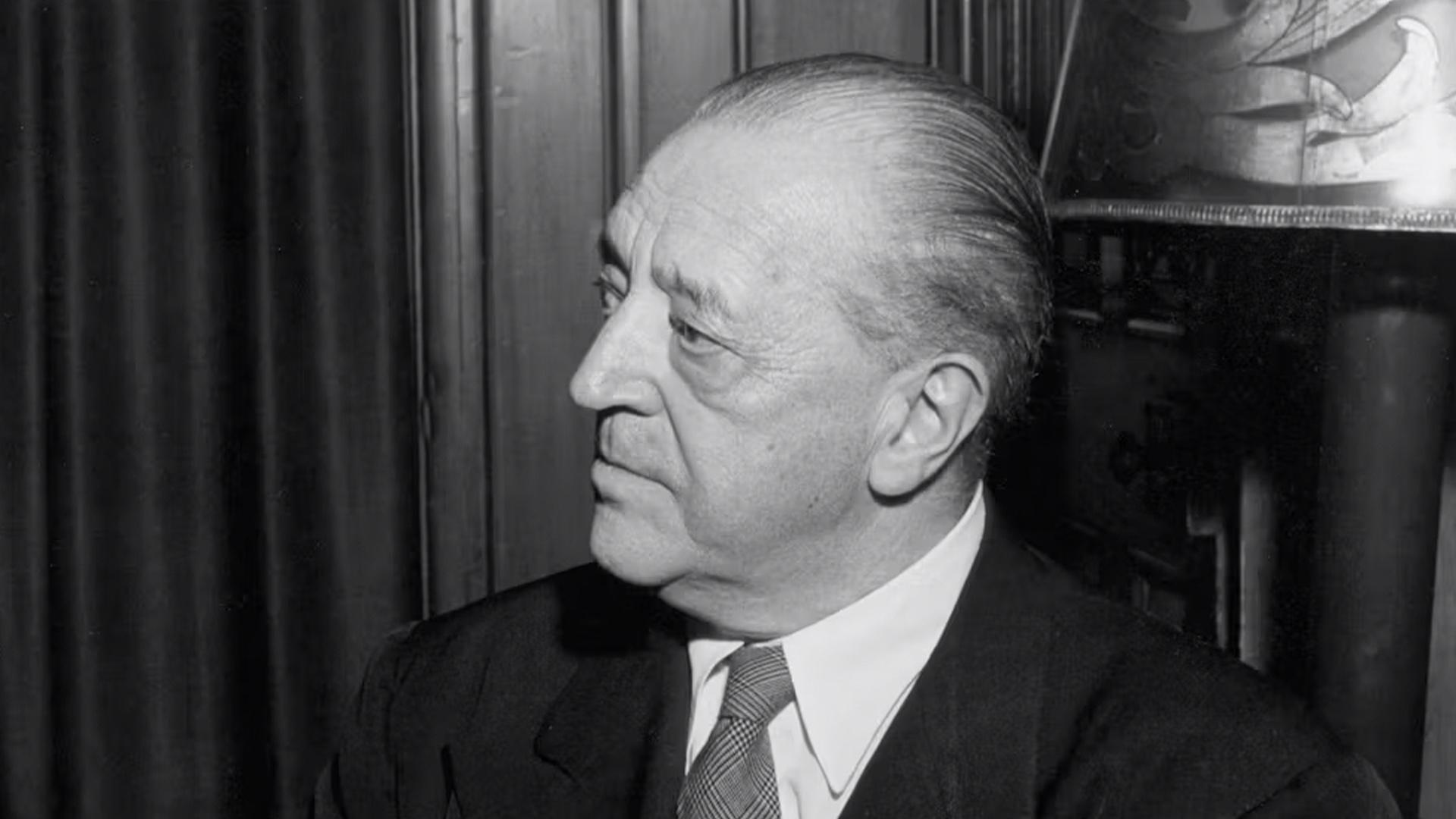
German-American architect Ludwig Mies van der Rohe epitomised minimalist design with his mantra "less is more," casting a long shadow over modern corporate and public spaces, where simplicity hides sophisticated engineering.
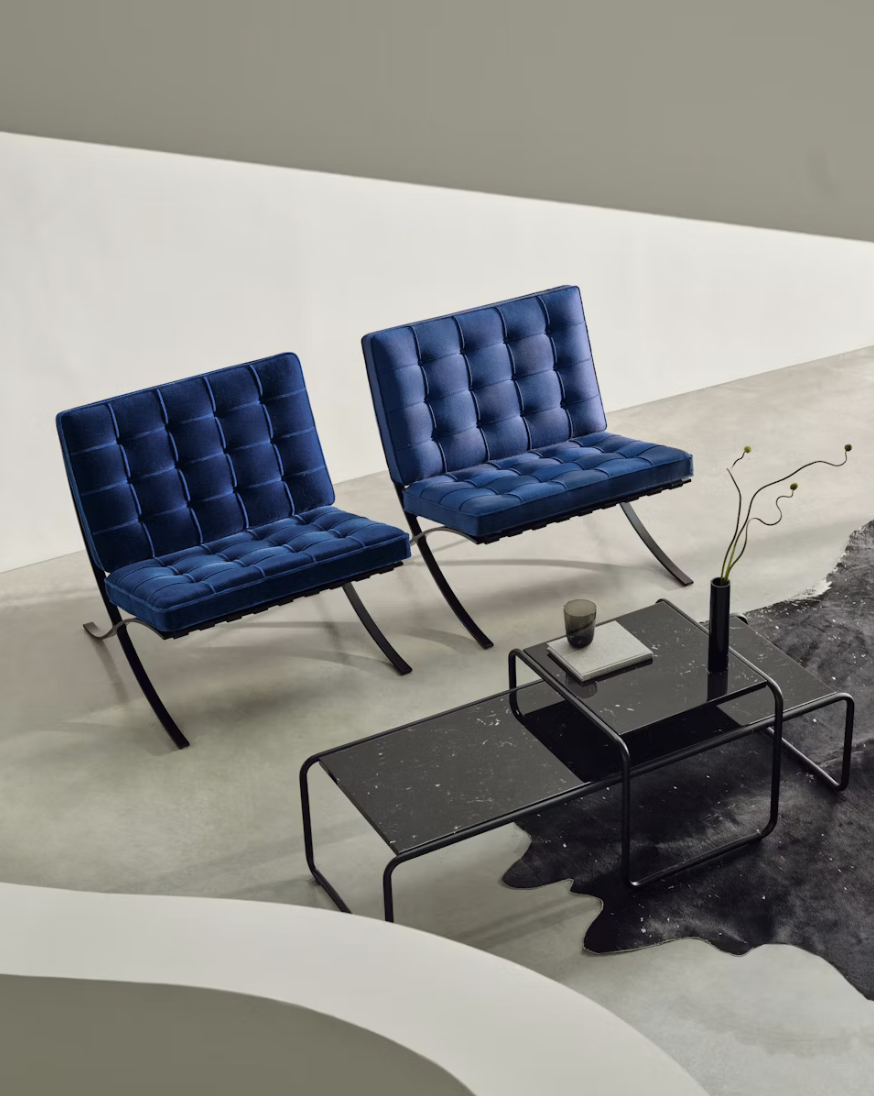
Barcelona Chair (Photo credit: Knoll)
His Seagram Building in New York (1958) set the standard for glass-clad skyscrapers, along with his another prominent project Toronto-Dominion Centre in Canada, completed in the 1960s with sleek steel-and-glass towers that prioritise light and openness. His furniture designs, such as the Barcelona Chair (1929), remain icons in luxury interiors worldwide.






